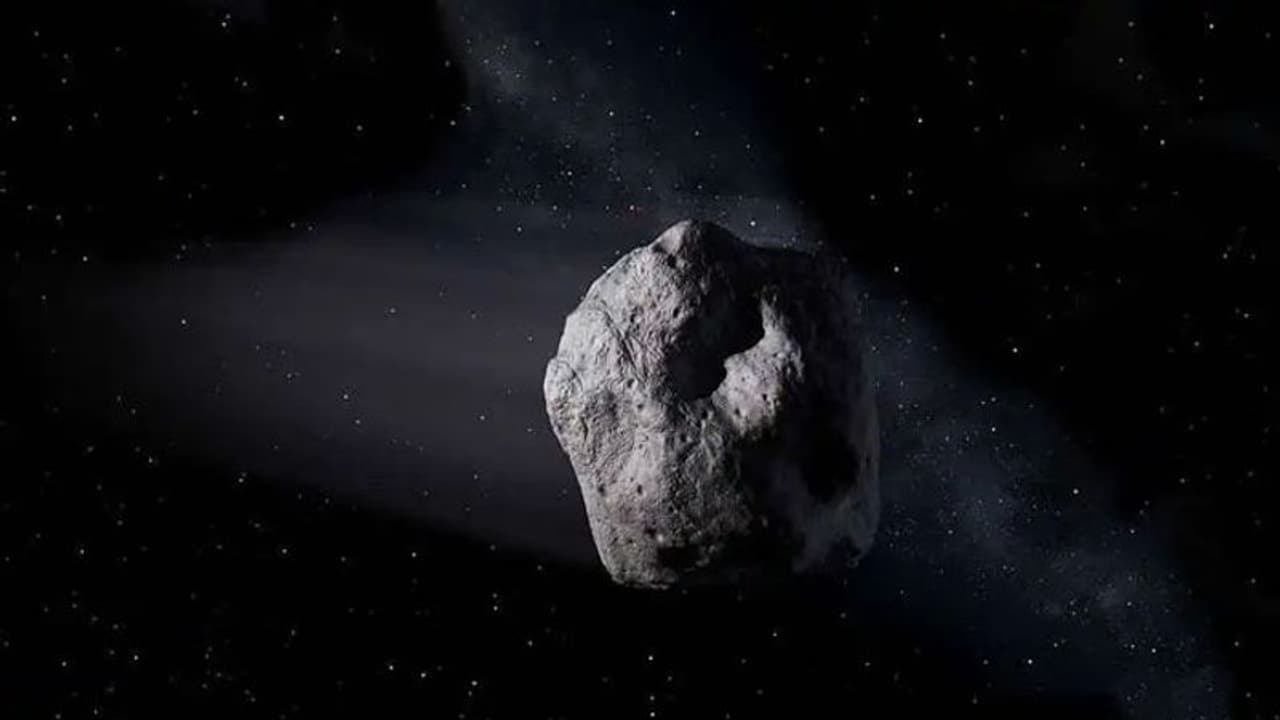According to NASA, it will only pass close to Earth on December 11, despite being 'egg-shaped' and about three times the size of a football field.
An asteroid the size of the Eiffel Tower is heading straight for Earth. However, there is no need to be alarmed since, according to NASA, it will pose no harm to mankind. T4660 Nereus has been designated a 'Potentially Hazardous Asteroid' (PHA). According to NASA, it will only pass close to Earth on December 11, despite being 'egg-shaped' and about three times the size of a football field. It is 330 metres long, making it bigger than 90% of all known asteroids. According to Space Reference, it is, nonetheless, minor in comparison to the larger ones.

Fortunately, Nereus will not endanger our planet and will pass by at a distance of 3.9 million kilometres. The asteroid rounds the Sun every 664 days, according to NASA. It will fly past Earth at a vast distance and is not expected to approach near the globe again until March 2, 2031. Nereus isn't a brand-new asteroid. Eleanor F. Helin, a US astronomer, discovered it for the first time in 1982. It was later identified as a member of the Apollo group of asteroids, notorious for crossing the Earth's path as it circles the Sun.
Also Read | Asteroid '2021 SM3', larger than Great Pyramid of Giza, to cross Earth on October 14
Like that of other Apollo-class asteroids, Nereus' orbit brings it near to Earth regularly. It revolves nearly twice as fast as Earth, making trips to examine the asteroid practical and straightforward. NASA researchers have previously planned expeditions to the asteroid Nereus. However, for a variety of reasons, the plans never came to fruition. The space agency planned to deploy a probe to the asteroid called the Near-Earth Asteroid Rendezvous – Shoemaker (NEAR Shoemaker). Japan, on the other hand, has considered deploying the robotic spacecraft Hayabusa to Nereus. An asteroid the size of the Big Ben clock tower was scheduled to fall into Earth's orbit in September. The rock was just 1,804,450 miles away from Earth.
Also Read | NASA plans to crash spacecraft into an asteroid in test of 'planetary defense'
